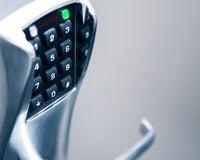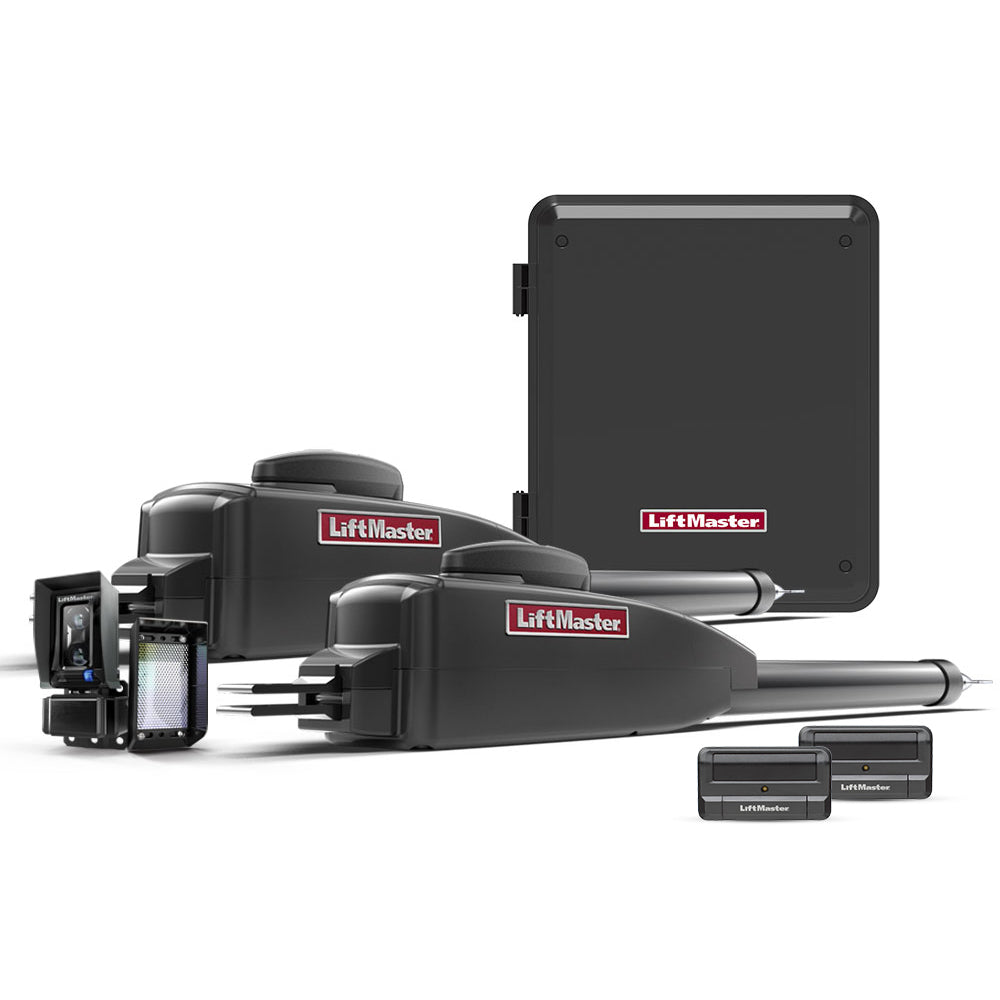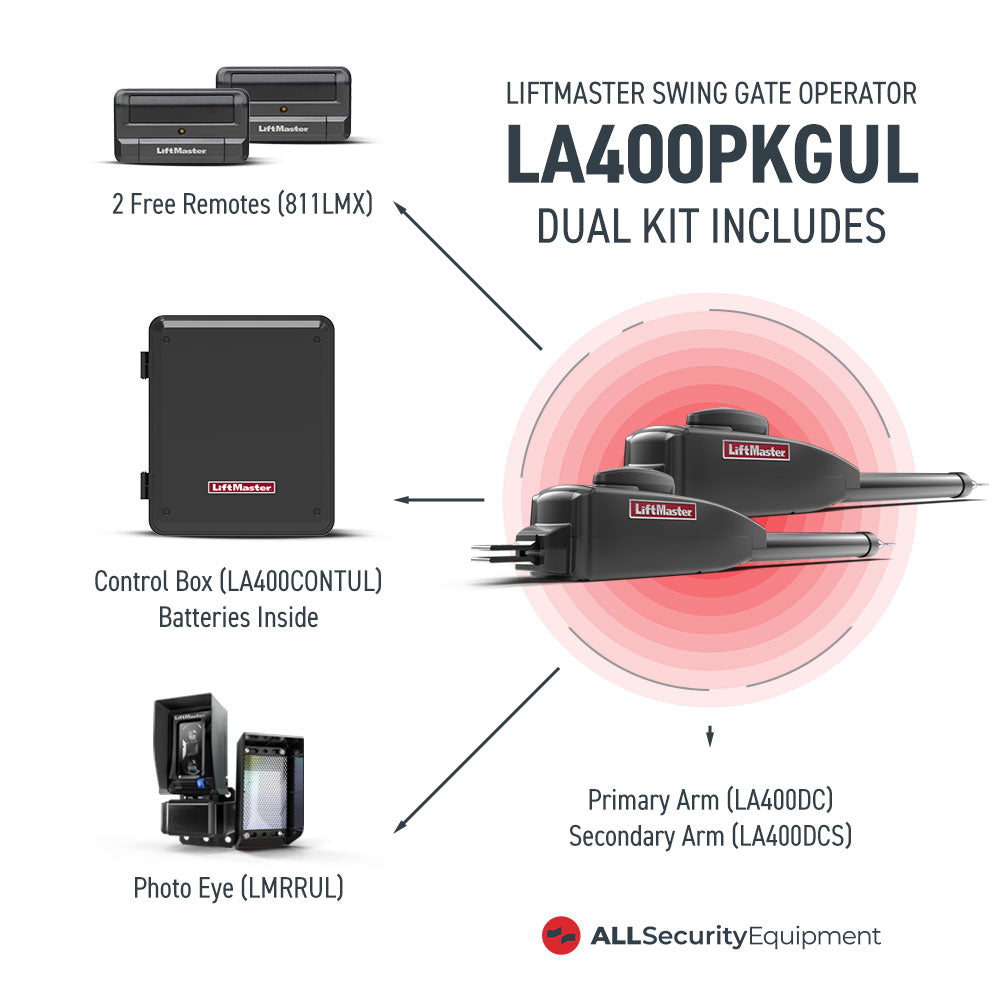Every individual or business worried about the security and safety of their property typically enlists high-security controls such as a magnetic lock. So it makes perfect sense that personal and private items are secured using a magnetic lock box.
A magnetic lock box is a great choice regarding safety, cost, and security. This article will highlight what a magnetic lock is, how it works, and how a magnetic lock box can protect your valuables.
How a Magnetic Lock Works
Magnetic locks tend to provide unsurpassed security. Its keyways cannot be picked, and a magnetic lock is a great choice if trying to conceal a compartment. By design, the magnetic lock box is inspired by the magnet lock on doors which uses magnets to pull filings from meters away. Some even can melt metal. This design makes it easy to shut compartments or doors without a bolt.
To understand how a magnetic lock works, it is important to briefly broach the subject of magnetism. Perhaps the most effective way to explain how this lock box works is by using magnetic poles. A magnet comes with both North and South poles. Common knowledge dictates that opposite poles attract while similar poles repel.
While this is an oversimplification of what is a complex process, it works. Typically, certain electrons spin while orbiting an atom's nucleus, creating a magnetic field. For a component to become magnetic, its spinning must be of paired valence electrons. Nevertheless, this doesn't always happen in all elements.
A magnetic field developed by an atom is known as a domain. The domains are equipped with chaotic pole organizations in nickel, iron, and cobalt. These domains are uniformly structured using electric current when used for door locks. Electric current is what powers the magnetic locks. This is what you get in a magnetic lock door, while a magnetic lock box doesn’t use electricity.
These locks, also called electromagnetic locks, function by channeling current through numerous coils in an electric wire. This wire is then tied around an iron core. Other magnetic locks use a solenoid, a metal core surrounded by a solitary coiled wire.
Generally, magnetic locks are keyless, and an electromagnetic strip or a solenoid manages their locking effect. When a magnet is connected to a frame, it becomes energized by the current flowing through the coils. This, in turn, causes the door to lock.
You can unlock the door by causing the metal to lose magnetism. This is done by interrupting the current flowing through the metal. In theory, this means the door will become unlocked if there is a power outage. Fortunately, magnetic locks used for commercial properties come with a fail-safe. An inbuilt fail-safe aims to address the problem of magnetic locks becoming closed during emergencies.
For example, if there is a fire, it can be easy to leave every door open or go back to unlock them. There are even some electromagnetic locks that are seamlessly activated by pressing the fire alarm.
When there isn't an emergency, you can use a magnetic key to disable the locks by disrupting the current. You should note that this disruption is temporary as current becomes restored to ensure the magnetic locks are active.
Magnetic Lock Box Types
You can get a magnetic lock box in two styles, magnetic coded and magnetic keyed.
Magnetic-Coded Lock
This magnetic lock uses conventional teeth and grooves to set tumblers and pins. The magnetic-coded lock comes with a series of magnets that pull and push pins to a shear line. This type of magnetic lock box provides an almost unbreakable level of security. The only way to gain access to this lockbox is to use the key.
A decoder key is utilized to open this type of magnetic lockbox. It differs from other types as it doesn’t need to be jiggled into the lock till it opens.
Depending on the type of magnetic-coded lock box brand you purchase, you can get a lock box that is advanced and decoded with programs that help determine an appropriate level of the magnetic field that provides the best security. Nevertheless, the lock will remain intimidating if an intruder notices your stash box or key cabinet.
Magnetic Keyed Lock
A magnetic keyed lock differs from an electromagnetic lock because it doesn't require electricity. This makes it a great choice for a storage box. Instead of electricity, this magnetic lock box uses a permanent magnet as a key. It is available in numerous brands with various complexities. Some magnetic lock boxes come with a solitary magnet to open. These locks aren’t the best for those searching for maximum security.
And while a single-key lock isn't the best for security, it can be a great choice for those who value concealment above other factors. Concealments tell intruders or nefarious actors that nothing is hidden. Other forms of magnetic lockboxes utilize various magnets on their keys. These series of magnets ensure the lockbox cannot be opened by one magnet.
Magnetic keyed locks are a great choice for those looking to protect their personal information, as they are extremely durable. They do not require electricity to work and aren't easily broken into.
By design, one can't insert a tension wrench or a pick to break into the property. They are also a great choice since they can be decoded to open without a key. This makes them the best choice for a magnetic lock box and other small security solutions.
Magnetic Locks
A magnetic lock box is a secure and convenient way to store your valuables. It can be used in a variety of settings, such as at home or at the office. If you're looking for a safe and reliable storage solution, a magnetic lock box may be right for you. Feel free to contact us if you have any questions about our products or services. We'll be happy to help you find the perfect solution for your needs.












